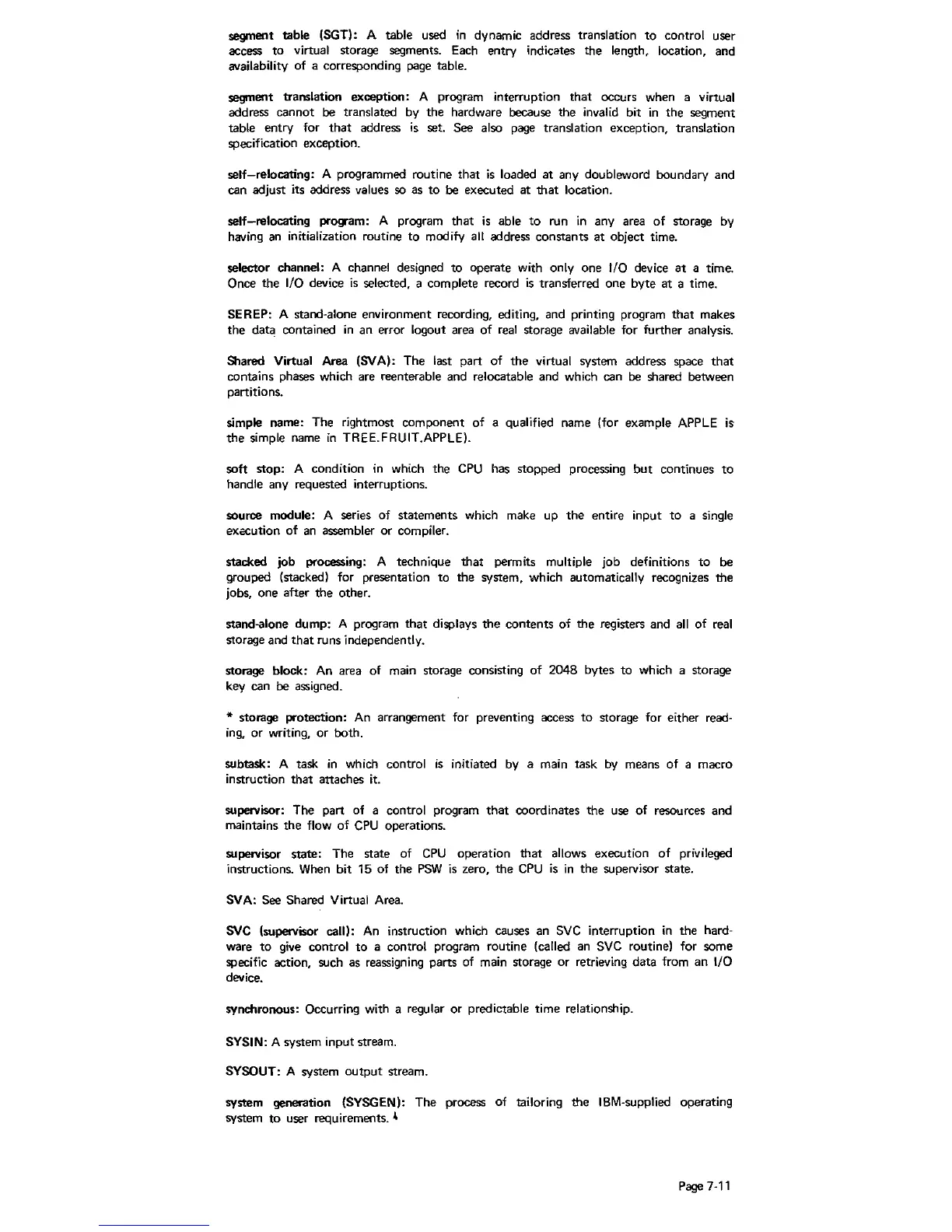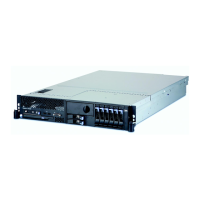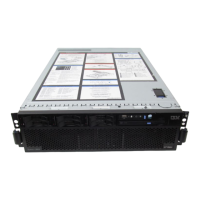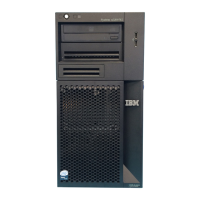segment table (SGT): A table used
in
dynamic address translation
to
control user
access
to
virtual storage segments. Each entry indicates the length, location, and
availability of a corresponding
page
table.
segment translation exception: A program interruption that occurs when a virtual
address cannot
be
translated by the hardware because the invalid bit
in
the segment
table entry for
that
address
is
set. See also
page
translation exception, translation
specification exception.
self-relocating: A programmed routine that
is
loaded
at
any doubleword boundary and
can adjust its address
values
so
as
to
be executed
at
that
location.
self-relocating
program: A program that
is
able
to
run
in
any area
of
storage by
having an initialization routine
to
modify all address constants
at
object time.
selector channel: A channel designed
to
operate with only one I/O device
at
a time.
Once the
I/O device
is
selected, a complete record
is
transferred one byte
at
a time.
SEREP: A stand·alone environment recording, editing, and printing program
that
makes
the data contained
in
an error logout area
of
real
storage available for further analysis.
Shared Virtual Area (SVA): The last part of the virtual system address space
that
contains phases which are reenterable and relocatable and which can be shared between
partitions.
simple name: The rightmost component
of
a qualified name (for example
APPLE
is
the
simple name
in
TREE.FRUIT.APPLE).
soft stop: A condition
in
which the
CPU
has stopped processing
but
continues
to
handle any requested interruptions.
source
module: A series of statements which make up the entire input
to
a single
execution
of
an
assembler or compiler.
stacked job processing: A technique
that
permits multiple job definitions
to
be
grouped (stacked) for presentation to the system, which
automatically recognizes the
jobs, one after the other.
stand-alone dump: A program that displays the contents
of
the registers and
all
of
real
storage and
that
runs independently.
storage
block:
An
area of main storage consisting
of
2048 bytes
to
which a storage
key can
be
assigned.
* storage protection:
An
arrangement for preventing access
to
storage for either read·
ing,
or writing,
or
both.
subtask: A task
in
which control
is
initiated
by
a main task
by
means of a macro
instruction that attaches it.
supervisor: The part of a
control program
that
coordinates the use
of
resources and
maintains the
flow
of
CPU
operations.
supervisor state: The state of
CPU
operation that allows execution
of
privileged
instructions.
When
bit 15 of the
PSW
is
zero, the
CPU
is
in
the supervisor state.
SV
A: See Shared Virtual Area.
SVC
(supervisor call):
An
instruction which causes an
SVC
interruption
in
the hard·
ware
to
give
control
to
a control program routine (called an
SVC
routine) for some
specific action, such as reassigning parts of main storage or retrieving data from an
I/O
device.
synchronous: Occurring with a
regular or predictable time relationship.
SYSIN: A system input stream.
SYSOUT: A system
output
stream.
system generation
(SYSGEN): The process of tailoring the IBM·supplied operating
system
to
user requirements. 4
Page
7·11

